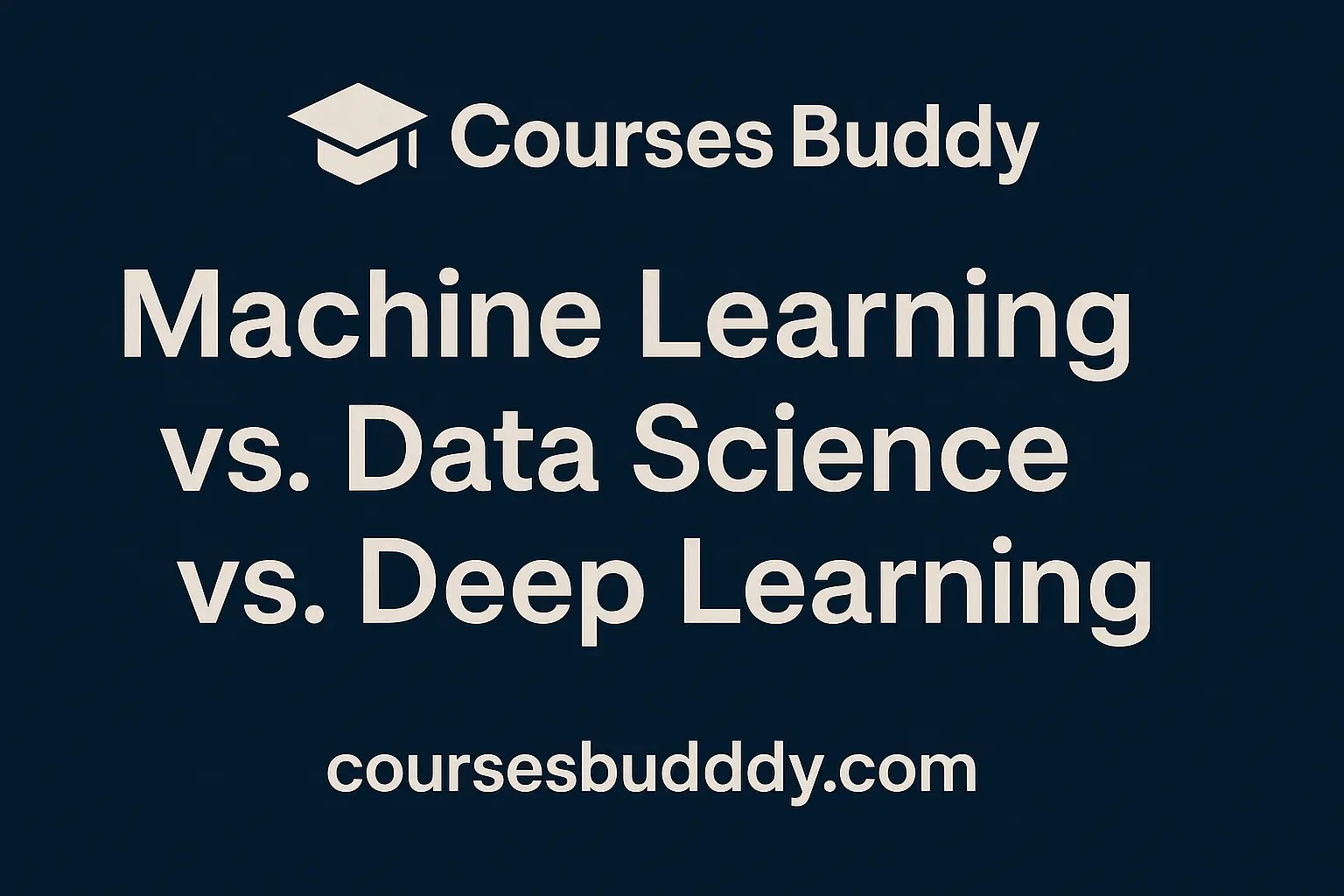Understanding Machine Learning, Data Science & Deep Learning

Understanding Machine Learning, Data Science & Deep Learning
Artificial Intelligence (AI) is transforming industries across the globe, yet the terminology can often feel overwhelming. Terms like machine learning, data science, neural networks, and deep learning are commonly used—but what do they actually mean?
In this guide, we’ll break down these key concepts to help you understand the foundations of AI and how these ideas might apply to your business.
From Housing Data to AI Applications
Let’s consider a practical example. Imagine you have a housing dataset containing information like:
-
Size of the house
-
Number of bedrooms and bathrooms
-
Whether it’s newly renovated
-
Market price
If you wanted to build a mobile app that helps users estimate house prices, you’d be mapping these features (input A) to the price (output B). Creating a system to learn this mapping automatically would be an example of machine learning.
Such a system becomes a piece of software that can, at any time, take the input (A) and produce the output (B)—making it an AI system in operation.
Machine Learning vs Data Science
What’s the Core Difference?
Here’s where the distinction begins:
-
Machine Learning produces a working system. It results in software that runs continuously—predicting house prices, recommending content, or recognising faces.
-
Data Science, on the other hand, often aims for insight. A team might analyse the same housing data and find that three-bedroom houses are significantly more valuable than two-bedroom ones of the same size, or that renovated homes carry a 15% premium.
These insights don’t become software but inform strategic decisions—like whether to build more three-bedroom homes or invest in renovations.
Key takeaway:
Machine Learning = Input → Output system
Data Science = Insight → Business Decision
Although the lines between the two can be blurry, this is the most common distinction used today.
Defining the Terms
What Is Machine Learning?
Machine Learning (ML) is a field of study that gives computers the ability to learn without being explicitly programmed (Arthur Samuel).
What Is Data Science?
Data Science is the discipline of extracting knowledge and insights from data to support decision-making.
In practice:
-
An ML project results in software that runs on its own
-
A Data Science project often produces reports or slide decks summarising strategic insights
A Real-World Example: Online Advertising
Let’s explore how both concepts show up in the same domain.
-
Machine Learning in Ads: A recommendation engine predicts which ad you’re most likely to click on. This system runs 24/7, making real-time decisions.
-
Data Science in Ads: A team might analyse data and discover that travel companies are underrepresented in ad purchases. The insight could lead to reallocating sales teams to focus on that sector.
Both approaches are valuable and often coexist within the same organisation.
What is Deep Learning?
Deep learning is a subset of machine learning that uses neural networks, particularly large and layered ones.
Suppose you're still working on pricing houses. Feeding the same input data into a neural network—a system inspired loosely by the structure of the brain—can produce highly accurate price predictions.
Despite the name, these artificial neural networks have very little to do with real biological brains. They're essentially complex mathematical models that learn how to map inputs to outputs.
Today, the terms deep learning and neural networks are used almost interchangeably, with deep learning emerging as the more popular branding.
How AI Terms Fit Together
Here’s a simplified way to view the ecosystem:
-
AI is the broad field aimed at building intelligent systems.
-
Machine Learning is a major subset of AI focused on learning from data.
-
Deep Learning is a further subset, using neural networks to solve especially complex problems.
-
Data Science overlaps with all of these, using tools from AI, ML, and deep learning to drive decisions through insights.
While the exact relationships vary depending on who you ask, this model helps frame the key ideas.
Final Thoughts
Understanding the terms machine learning, data science, and deep learning is your first step into the world of AI. Whether you're considering building smart applications or uncovering insights from your data, these tools offer powerful ways to enhance decision-making and efficiency in business.